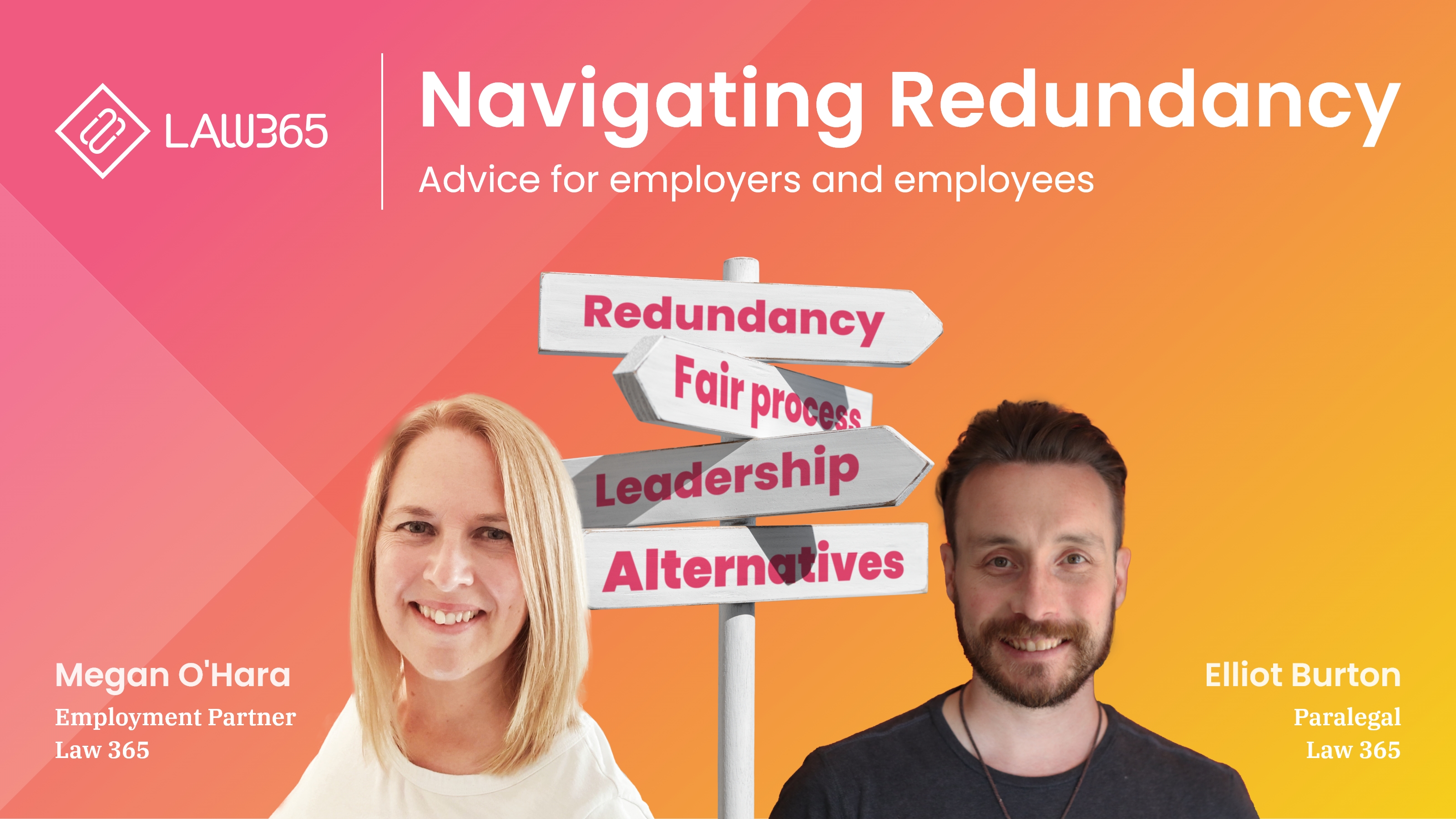Examining the Interplay Between Business Redundancy and Business Versatility for Future Growth
In the dynamic landscape of today's service world, the elaborate partnership in between firm redundancy and organizational versatility arises as a vital variable for sustained development and success. Firms frequently deal with the difficulty of striking a delicate balance between keeping a degree of redundancy to alleviate dangers and promoting flexibility to respond quickly to the ever-evolving market demands.
Importance of Firm Redundancy
Company redundancy is an important aspect that boosts business durability and mitigates operational risks. By incorporating redundancy measures within the organizational structure, companies can better endure unexpected interruptions and variations in business environment. Redundancy serves as a strategic barrier, enabling business to adjust and react properly to unexpected challenges without compromising crucial operations.
One secret element of the value of company redundancy is its function in guaranteeing continuity throughout times of dilemma. When faced with unexpected adjustments or emergency situations, repetitive systems, sources, or workers can step in to maintain critical functions and prevent extensive interruptions. This continuity not just safeguards the firm's credibility and consumer depend on but likewise minimizes financial losses and functional downtime.

Approaches for Business Versatility

Developing adaptable business frameworks that enable for fast changes to market dynamics and consumer demands is necessary for staying affordable in a quickly developing environment. By proactively recognizing prospective interruptions and opportunities, companies can proactively adapt and grow in an ever-changing company landscape.
Balancing Redundancy and Adaptability
Attaining a harmonious balance in between functional redundancy and business adaptability is critical in browsing the intricacies of a dynamic organization atmosphere. Striking the right balance in between redundancy and versatility is a fragile procedure that calls for a deep understanding of the organization's objectives, industry dynamics, and risk resistance.
To attain this balance, business need to carry out routine analyses of their procedures to identify locations where redundancy is essential for threat reduction and where versatility can drive advancement and development. Carrying out versatile structures, promoting a society of continuous knowing and enhancement, and motivating open communication throughout all degrees of the organization are vital methods to balance redundancy and adaptability successfully. Get More Information By aligning these 2 essential components, companies can position themselves for sustainable development and success in an ever-changing service landscape.
Instance Researches on Adaptation Success
In analyzing circumstances of effective business adaptation, it ends up being evident that the interplay between operational redundancy and flexibility is a defining variable in forming resistant services. One compelling instance research is that of Netflix. At first a DVD rental solution, Netflix demonstrated remarkable versatility by transitioning right into a streaming system when digitalization disrupted the industry. By strategically buying innovation and material creation, Netflix not only endured however grew in a quickly developing market. One more standout example is Amazon. Starting as an on-line bookstore, Amazon constantly adjusted its company design, broadening right into varied fields such as cloud computer and fabricated knowledge. This adaptability permitted Amazon to stay ahead of competitors and fulfill changing customer demands. Lastly, Adobe supplies a noteworthy illustration of successful adaptation. The firm changed from selling software application licenses to a subscription-based design, ensuring reoccuring earnings streams and improved customer interaction. These study underscore the value of operational redundancy combined with organizational flexibility in cultivating long-term development and competition.
Structure Strength for Future Development
Building durability for future development needs a tactical placement of operational processes with market dynamics and arising fads. Companies have to adjust to changing settings by promoting a society of flexibility, innovation, and continual renovation.
In addition, fostering strong relationships with stakeholders, such as clients, employees, providers, and the neighborhood, is essential for preserving and weathering uncertainties count on and assistance during unstable times. Reliable communication and transparency play an essential role in structure resilience, as they assist align expectations and assist in partnership in navigating unpredictabilities.
Furthermore, companies require to focus on knowing and advancement initiatives to upskill staff members and outfit them with the essential devices to adjust to transforming circumstances. By buying their labor force, companies can improve their adaptability view publisher site and dexterity, ultimately enhancing their strength for lasting future development.
Conclusion

In the vibrant landscape of today's service world, the intricate partnership between company redundancy and business adaptability arises as a critical aspect for sustained development you could try here and success. Business typically face the difficulty of striking a fragile equilibrium between preserving a degree of redundancy to alleviate threats and fostering versatility to react promptly to the ever-evolving market needs.To achieve this balance, business need to carry out normal assessments of their operations to identify areas where redundancy is required for threat reduction and where versatility can drive innovation and growth.In verdict, the interaction between firm redundancy and business versatility is vital for future development. Structure durability via a combination of redundancy and versatility will make sure that business are prepared for the difficulties of the future.
Comments on “What Happens to Redundancy If Company Goes Bust? An Overview to Your Rights”